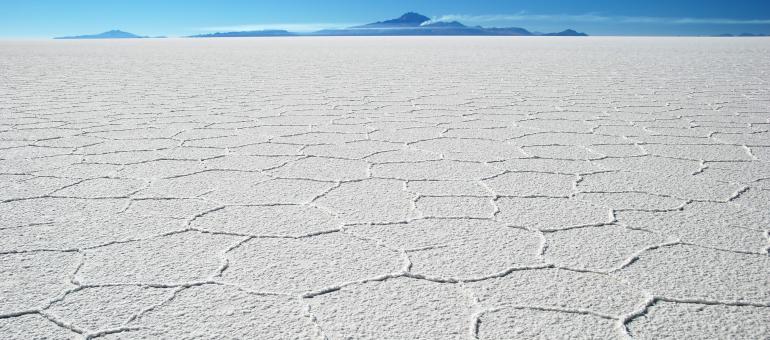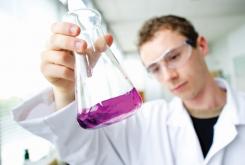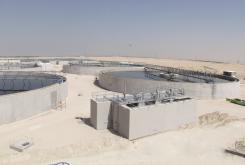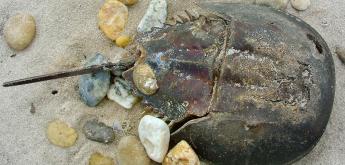How to Approach DLE for New Lithium Mining Facilities

By John Peichel, Global Market Developer at Veolia | Water Tech
The world has long needed lithium for its role in prescription drugs, strengthening ceramics, powering rechargeable batteries, and as an additive in lubricants and adhesives. This year, lithium's value has boomed, driven by a growing need for electric-vehicle (EV) batteries.
This has quickly become the most common use for lithium, changing the mining business. Demand is so high that factories usually producing ceramics are reprioritizing and mining lithium for EV batteries instead. According to Benchmark Mineral Intelligence, the price of lithium in August 2022 was $59,928 per metric ton, nearly ten times higher than the cost in August 2020.
As demand shows no signs of slowing down, more organizations and countries want to get their share of this fast-growing market. Australia, Latin America, and China produced 98% of lithium in 2020, and production is expected to grow by 20% per year, with more regions increasing mining efforts.
The United States has both the opportunity and desire to expand mining initiatives. According to the Institute for Energy Research, the U.S. produces less than 2% of the world’s annual lithium supply, and the government is incentivizing organizations to seize the market opportunity. For example, the Department of Energy (DOE) earmarked $2.8 billion in grants from the Infrastructure Investment and Jobs Act (IIJA) for 20 manufacturing and processing companies for projects across 12 states.
So how do lithium developers advance their projects quickly as demand for EVs (and, of course, EV batteries) continues to rise? Let's take a look at how technology is changing lithium mining, what constitutes a positive result, and how Veolia | Water Tech can ensure developers achieve those results.
DLE explained
The conventional method for mining lithium uses evaporation ponds, which require a significant amount of land area. The process can have modest yields, usually takes 18-24 months and often impacts the local environment.
A newer process called direct lithium extraction (DLE) is gaining popularity because, for many sites, it is more cost-effective than the evaporation method, typically produces a higher lithium yield, and requires significantly less processing time. As a result, DLE is evolving as a potential game changer that could help unlock a more sustainable lithium supply in the U.S., reducing the need to lean on imports. According to The Nature Conservancy, the contiguous United States has enough lithium to potentially supply the world for over a century.
DLE reduces uncertainty and risk while compressing a project's time frame, but it still requires an experienced partner to succeed. Veolia works collaboratively with mine developers to reduce the time and cost of multiple scopes of supply. In addition, Veolia can work with any configuration needed to help projects achieve their goals and manage complex supply chain challenges.
Showing success
Lithium developers are competing for capital against other projects and want to show they can achieve superior results when it comes to efficiency, higher yield, and less water usage. However, each source of lithium is unique, and each DLE process requires specific treatment steps before and after DLE to achieve the desired eluent quality.
Developers want to achieve the highest degree of lithium yield and eluent with a high purity level at the lowest cost possible. The process of DLE includes some challenging chemistry that requires the right technology and the ability to implement the best collection of treatment steps. Technology can support business models, enhance operations, and maximize profitability and return on investment by keeping expenses low.
A project that has scheduling flexibility, mitigates risk, and is agile enough to adjust for potential changes is best positioned to find success in all aspects. However, it's no easy task because DLE has challenges, including managing the water balance. Brines exist in dry areas without much fresh water, which you need to run most DLE processes. For example, low total dissolved solids (TDS) water is used to displace the high TDS lithium brine out of the resin before eluting off the lithium. In some cases, these tasks can account for over 80% of the freshwater needs.
Veolia’s role in DLE
With so many moving parts in DLE, it takes work to go at it alone. Veolia can partner in those efforts, helping with the purification, concentration, and conversion of lithium chloride to lithium carbonate or lithium hydroxide. Processing can be customized based on investment or how a developer chooses to operate the DLE process.
Veolia can recycle water from the lithium concentration step, recover water from thermal technologies, and even help treat the eluent by using unique membranes designed to remove calcium, magnesium, and sulfate from the lithium stream. Veolia can also pre-concentrate brine with reverse osmosis, reducing the water that needs to be released through evaporation by as much as 90% in forming the final lithium product.
Going through the DLE process can be complicated, but Veolia has extensive experience helping developers through engineering tradeoffs, tackling ESG issues, and simplifying the operation. Learn more about Veolia’s DLE capabilities and how those products and services can help your project.







